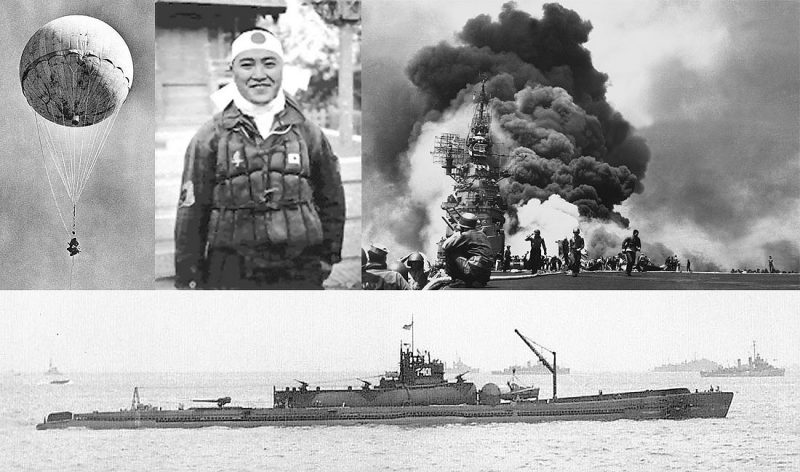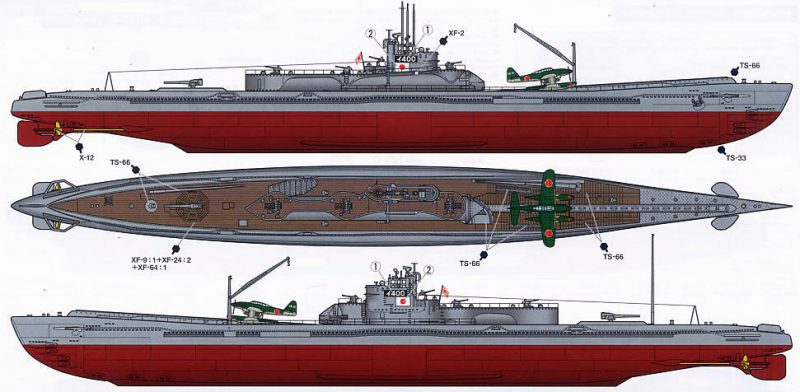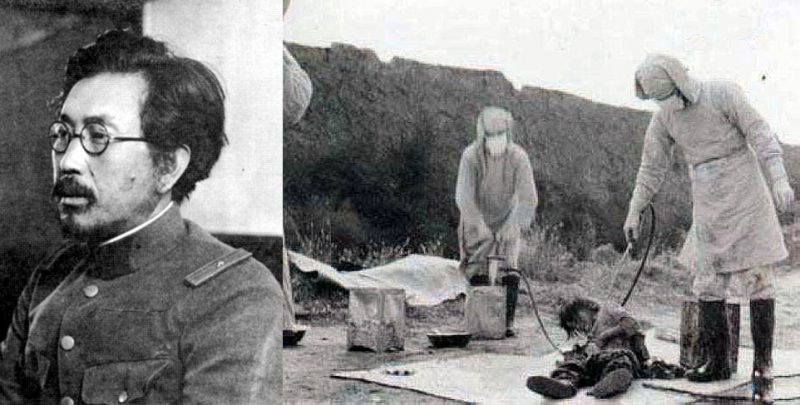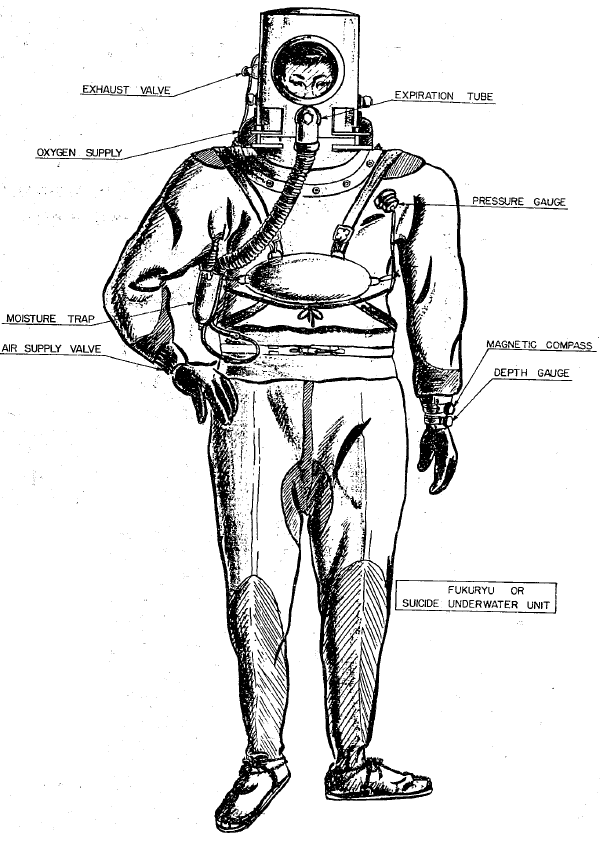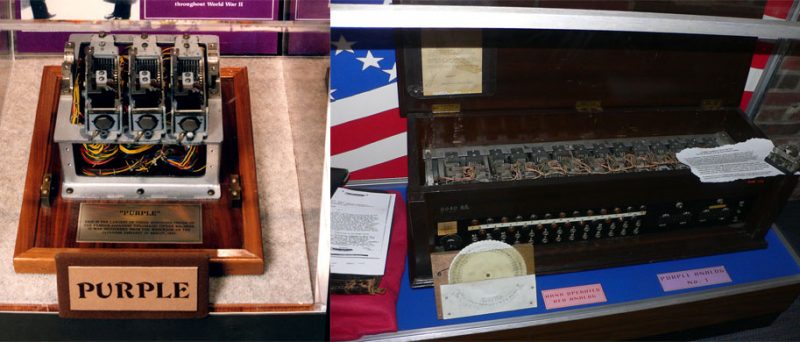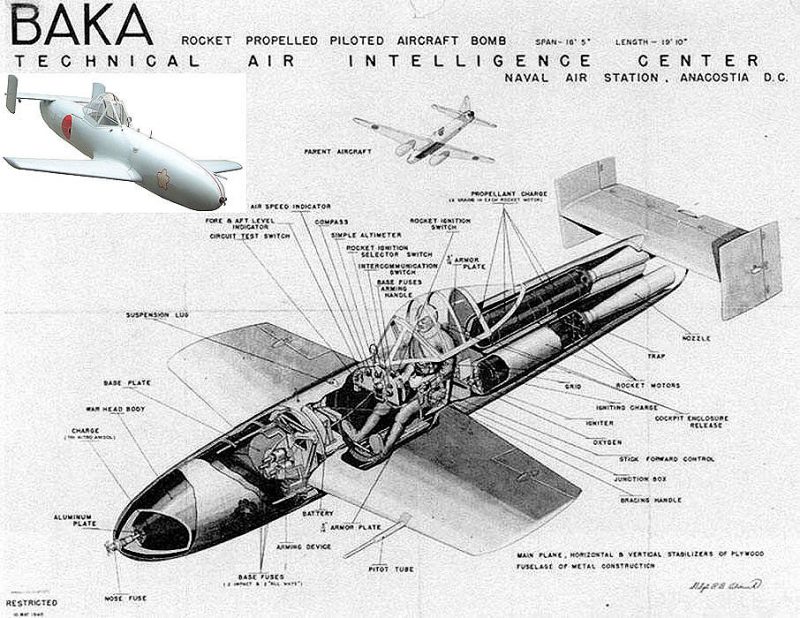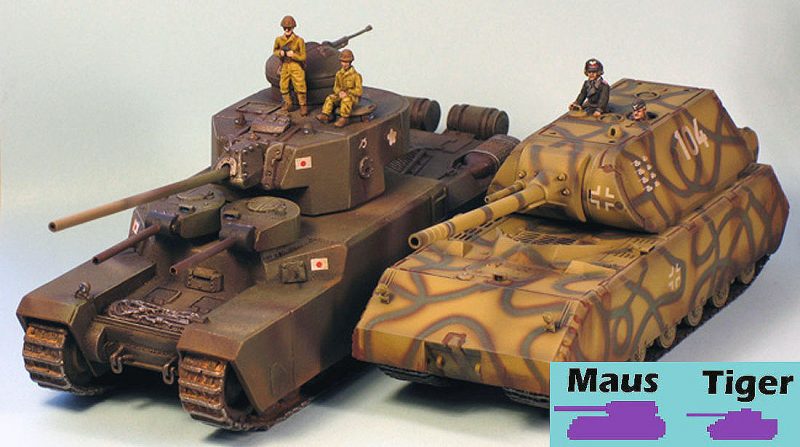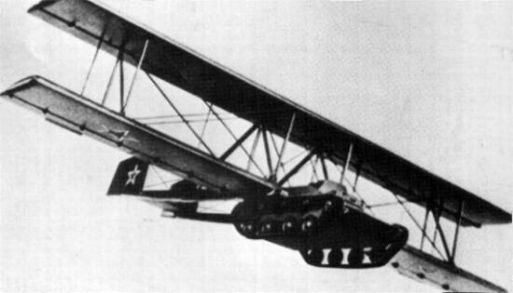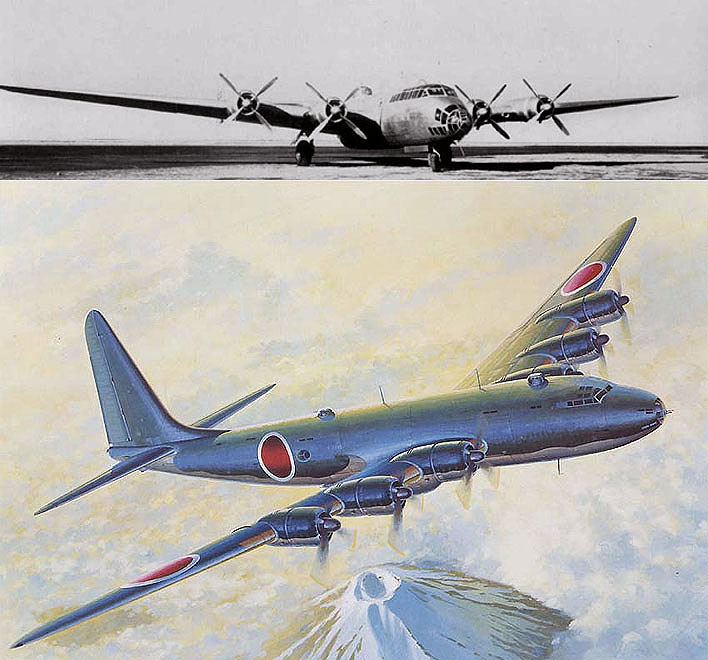Images Used (Clockwise from top left): (1) One of the Japanese secret weapons during WWII, Fu-Go Balloon or Fire Balloon (2) Japanese Air Force pilot Kiyoshi Ogawa who died at the age of 22 when his Kamikaze aircraft hit the aircraft carrier USS Bunker Hill on May 11, 1945, during a suicide mission (3) USS Bunker Hill hit by Ogawa and another kamikaze near Japanese Island Kyūshū on May 11, 1945 (4) I-400, the Japanese Sentoku or I-400 class mega submarine
Generally, the Western Powers are mostly remembered for innovative secret WWII weapons. However, Imperial Japan also developed a number of special and secret weapons during the first part of the Shōwa era as part of preparation of Second Sino-Japanese War and World War II. Shōwa era is the dynasty of Shōwa Emperor Hirohito from December, 1926 to January, 1989. The United States and Germany were the front runners in developing special weapons, but Japan and Russia also pursued development of weapons to a lesser extent. Japan developed chemical, biological and advanced typical weapons. After Japan’s decisive victory over Russia in the Russo-Japanese War fought between February 8, 1904 and September 5, 1905, Japan emerged as a world power. Japan entered WWI on the Allied (Entente) side; it had limited role against the Central Powers and expanded its influence in Asia by seizing German outposts in the Pacific and East Asia.
After the WWI, Japan was officially recognized as one of the ‘Big Five’ major world powers along with Britain, France, Italy and the United States. Though Italy initially allied with the German Empire and Austria-Hungary and was part of the Central Powers when WWI started in August 1914, it joined the Allies within a year after secret negotiations with France and Britain. In the 1920s the Five Powers decided to limit the competition in battleships and aircraft carriers to a ratio of 5:5:3 for the UK, the US and Japan respectively. In the London Naval Conference in 1930, Japan tried to increase this naval armament ratio to 10:10:7. The US vetoed but Japan had some advantages in heavy cruiser numbers after back room dealings. However, Japanese ultra-nationalism grew rapidly. Japan kept military presence in Manchuria in China since the Russo-Japanese War of 1905. After a small explosion on the Japanese railway tracks in the north of Mukden in northeastern China, Japanese forces invaded Manchuria in 1931. After another incident in 1937 called the Marco Polo Bridge Incident, the total war between Japan and China broke out. During the start of the Second Sino-Japanese War, Nazi Germany and Soviet Union provided support to China. Japan was involved in border conflicts with Soviet Union and Mongolia during 1938-39. Japanese forces lost at the Battle of Khalkin Gol and a Neutrality Pact between Japan and Soviet Union was signed in April, 1941.
The public opinion in Allied nations swung sharply against Japan after the Nanking Massacre and attack on the American gunboat USS Panay in 1937. Allied powers went against Japanese aggression. However, after a negotiation in July 1939, Britain recognized Japanese conquests in China. At the same time, the United States also initially extended trade agreements with Japan for six months and soon fully restored it. Germany annexed total Czechoslovakia in March 1939 and signed Non-Aggression Pact with Soviet Union in August 1939. Germany initiated WWII in Europe on September 1, 1939 by invading Poland. Soviet Union also invaded Poland from the east on September 17, 1939. Meanwhile, United States became China’s main military, financial & diplomatic supporter by 1940. Italy supported China with weapons too. Japan invaded northern French Indochina in September 1940 to intercept monthly 10,000 tons of Allied aid to China. Tripartite Pact between Germany, Italy and Japan formed the Axis Powers in September 1940. After Germany attacked Soviet Union in June 1941, the complicated world political scenario got realigned again.
During all these conflicts, Japan had a special interest in the weapons that were banned by the Geneva Protocol and considered these to be particularly effective. Japan developed many conceptual weapons or prototypes and deployed some of those in the battlefield. The renowned design and technology blog of New York City based Gawker Media, io9 reported on 11 such secret weapons developed by Japan during WWII.
(1) A Windship Weapon Called Fu-Go Balloon or Fire Balloon (1944 to 1945):
As the Nazi forces had been firing V2 rockets over the English Channel in September 1944, the Japanese also came up with their own version of ‘vengeance weapon’. Japanese military planners could not come up with intercontinental missiles, instead came up with a slower version, the balloon bombs.
Japanese military technologists attached incendiary bombs to over 9,300 hydrogen balloons, each containing either a 15kg (33 lb) antipersonnel bomb or a 12 kg (26 lb) incendiary bomb along with four 5 kg (11 lb) incendiary device. The balloons were supposed to travel 5,000 miles over the Pacific Ocean along the Tropospheric jet stream towards United States and drop bombs on the US and Canadian cities, farmlands and forests. Despite the Japanese designers had high hopes about the success of the Fu-Go Balloon bombs, only around 300 of these were found reaching United States causing only 6 deaths and very small amount of damage. This device had some psychological effects on the US citizens and triggered some panic.
Geologist and historian David Rogers gave an explanation of the working principle of the Japanese Fire Balloon bombs. These were made of handcrafted paper made from a flowering plant species called Paper Mulberry, glued with potato flour and filled with expansive hydrogen gas. They had a diameter of 33 feet and could lift around 1,000 lbs. The deadly antipersonnel bomb was attached to a 64 foot long fuse that was designed to burn for 82 minutes before causing the detonation. The balloons were delicately designed, so that when they ascended over 30,000 feet, they would release hydrogen and if the balloons dropped below 30,000 feet, they would drop pairs of ballast sand bags. This mechanism used onboard altimeter and three dozen small sand filled ballast bags (3 to 7 lbs) hung from an aluminum wheel with four spokes.
The first balloons were launched in 1944 and some of which landed in California on November 5, 1944. 6 American campers, including 5 children were killed on March 5, 1945 when one of the Fu-Go Balloons grounded in Oregon. The campers had been attempting to return to their camps through the forest and were caught by forest fire triggered by the Fu-Go.
The US government restricted the media about this Japanese weapon to discourage the enemy. American public was made aware of Fu-Go after the WWII. The Japanese military policy makers abandoned the project in April, 1945 due to little or no visible outcome of the invested money. The Chemical Corps of US Army tested E77 Balloon Bombs in 1950 with biological munitions, a project inspired by the Japanese Fu-Go.
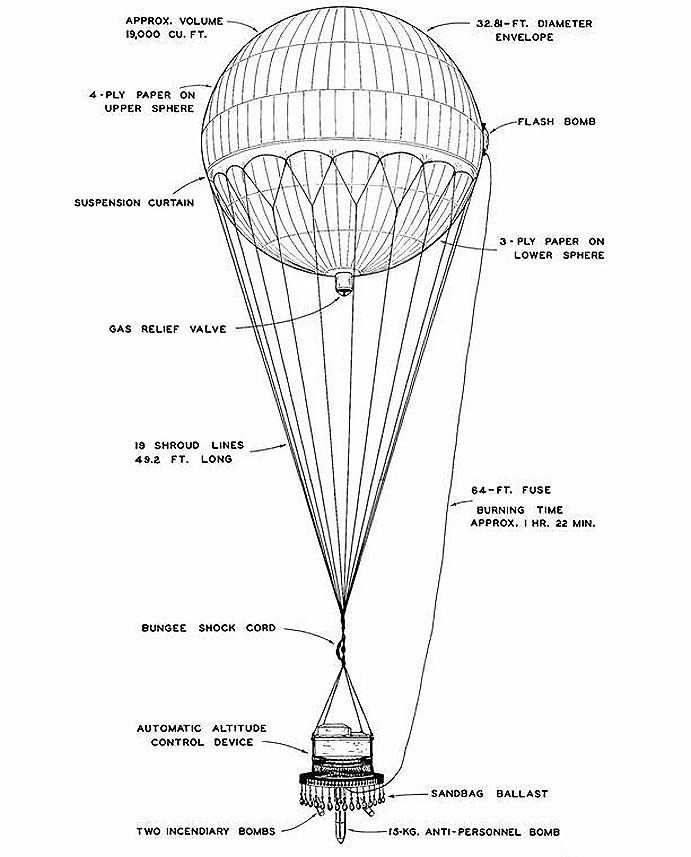
(2) Sentoku or I-400 class Japanese mega submarine (1944 to 1945):
I-400 or Sentoku class Japanese mega submarines were commissioned during WWII and were the largest subs of WWII and remained largest ever built till the 1960s when nuclear ballistic missile submarines were constructed. These submarines were the brainchild of Commander in Chief of Japanese fleet, Admiral Isoroku Yamamoto. 18 of these behemoths were planned during the last couple of years of the WWII and 3 were completed. Three Aichi M6A1 Seiran floatplanes were carried by the mega subs to their desired destinations, undetected under water. Aichi M6A1 Seiran aircraft had foldable wings & stabilizers and each aircraft was armed with an 1,763 lb or 800 kg bomb or a torpedo. 8 torpedo tubes were also mounted in the bow of the I-400, four above & four below. A ‘14cm /40 11th Year Type’ naval gun & four more anti aircraft machine guns gave the mega sub further aerial protection.
The weight of water that a naval vessel displaces when it’s floating is called its displacement. I-400 class mega subs had a displacement of 6,670 tons. It was 400 ft long with a beam or width of 39.4 ft. It had a speed of 18.7 knots while surfaced and 12 knots while submerged. It could carry 144 officers and men. I-400s were designed to surface, launch the three Aichi M6A1 Seiran aircraft from a catapult within 45 minutes of surfacing and then quickly dive under water before it could be spotted by the enemy. I-400 class subs also featured a special thick rubber like coating to absorb sonar and radar signals. This coating was apparently based on German research. The first two subs- I-400 & I-401 were planned to be used in the Panama Canal strike in April 1945 but the plan was cancelled. Later another attack plan on the US Navy at Ulithi atoll got cancelled as Japan had already surrendered on August 15, 1945. I-400 & I-401 subs surrendered on August 22, 1945 and the US crews were astounded at her size. These two were sunk off Hawaiian Islands after inspection on September 15, 1945. I-402 was converted into a tanker sub in June 1945 and was sunk off Goto Islands in East China Sea on April 1, 1946. Researchers discovered the wrecks of I-401 in 2005 and that of I-400 in 2013.
Image Used: Schematic of Japanese Sentoku class mega submarine
(3) Unit 731 and the Use of Chemical & Bioweapons (1935 to 1945):
Japan had a covert Biological and Chemical warfare research & development unit between 1935 and 1945 called Unit 731. Researchers from this unit performed tests on human subjects and developed flea bomb and defoliation bacilli bomb to spread bubonic plague, anthrax, cholera, dysentery and typhoid. These researchers injected the prisoners with inoculations of mentioned diseases; prisoners were subjected to vivisection without the application of anesthesia and limbs of the prisoners were amputated to study blood loss. Parts of lungs, liver, brain etc were removed from some unfortunate prisoners. The vivisected and infected prisoners included women, men, infants and children.
Japanese soldiers used these biological & chemical bombs to infect reservoirs, agricultural lands, wells and other areas. They had sprayed plague fleas upon the coastal city of Ningbo in 1940 and upon Changde city in Hunan Province in 1941. Thousands of people were killed in the process. According to Historian Sheldon Harris at California State University, over 200,000 Chinese were massacred by Japanese Unit 731 during WWII. According to his research, the Japanese forces released the plague infected animals during the last days of the war. As a result, plague broke out in the city of Harbin in Northeast China that killed over 30,000 people from 1946 to 1948.
A Chinese war crime symposium in Changde estimated that over 580,000 Chinese people were killed by the Japanese biological weapon attacks during WWII. Not to mention this notorious Unit 731 was also based at Harbin. Japan planned to use the plague infested biological weapons against the US troops in the Pacific theater and also against San Diego, California which was scheduled to be launched on September 22, 1945. The atrocious plan got cancelled as Japan had already surrendered by then. Soviet Union prosecuted twelve leading military leaders and scientists from the Unit 731 during the Khavarovst War Crime Trials in 1949. In the trial, some members including a top Japanese official, Major General Kiyoshi Kawashima testified that some 40 members of the unit dropped flea bombs in 1941. They were sentenced between two to twenty five years in a Siberian labor camp. The US did not acknowledge this Soviet trial and with the captured blue prints of Unit 731 in Manchuria, Soviet Union built a biological weapon facility in Sverdlovsk located on the border of Asia and Europe.
Images Used (From left): (1) Major General Shirō Ishii, the director of infamous Japanese biological combat wing Unit 731 during WWII (2) An unknown victim of human experimentation by Japanese Unit 731
(4) Fukuryu Suicide Attack Diver Suits (used in 1945):
Fukuryu suicide divers were part of Special Japanese Attack Units prepared to ward off the invasion of the Japanese home islands by Allied forces during the last year of WWII. The Japanese word ‘Fukuryu’ literally means ‘Crouching dragons’. They were also called ‘kamikaze frogmen’ or ‘suicide divers’. ‘Kamikaze’ literally means divine or ‘spirit wind’. The Fukuryu diver suit was armed with a mine that had 33 lb (15 kg) explosives fitted to a 16 ft (5m) bamboo pole.
The divers were weighed down with 20 lb (9 kg) lead and had a couple of bottles of compressed air. The design allowed them to walk at depth of 16 to 23 ft (5 to 7m) for around 6 hours. Several people died due to malfunction of the diver suits during training phase. The suicide divers would dive and stick the bamboo poles into the hull of an enemy naval vessel, blowing up themselves along with the ship in the process. Japan surrendered before Allied forces invaded the Japanese mainland and it’s not known whether these Fukuryi Diver Suits were used or not. But there are some reports of Japanese suicide swimmers attacking a US infantry landing gunboat and a survey ship in early 1945.
Image Used: A sketch of the Fukuryu suicide diver suit by a US Navy personnel in 1946
(5) Cipher Machine ‘Purple’ (1937 to 1945):
The famous German Enigma Machine was not the only encryption device of WWII. Japanese diplomatic communications were broken by Black Chamber, the US peacetime cryptanalytic Bureau, in 1922. Japanese Navy planned to develop their first ever cipher machine for the following Naval Treaty in London in 1930. Ukrainian technologist Alexander von Kryha had developed an encryption-decryption machine called Kryha cipher machine in the early 1920s and it was used until the 1950s. Von Kryha worked as an officer in German Wehrmacht during the WWII. The Japanese Navy Institute of Technology developed the first prototype of their cipher machine ‘Red’ based on the principles of the Kryha machine in 1928 and it was finalized in 1931. ‘Red’ was actually the codename given to it by the US, its Japanese name was ‘Type A Cipher Machine’ or the ‘Type 91 Print Machine’ based on Japanese year 2591. Half rotor switches were used in this prototype and they used to become unreliable if not cleaned every day. It also had a weakness of enciphering vowels and consonants separately. Japanese Navy started developing ‘Red’, not realizing that ‘Red’ had already been broken by the US intelligence.
In 1937, Japanese engineers developed the design of ‘Red’ into an electromechanical stepping-switch cryptographic device called ‘Type B Cipher Machine’ or ‘Type 97 Print Machine’ based on Japanese year 2597. It was codenamed ‘Purple’ by the US cryptanalysts. It consisted of a couple of typewriters, an electric rotor system alongside a 25-character alphabetic switchboard. A message could be manually inputted into the ‘Purple’ through switchboard. But the second electric typewriter could print the encrypted message on a paper, unlike enigma that presented text optically in the form of blinking lights. Japanese used to change the keys on a daily basis to make the code hard to break. The 25 switchboard connections could be arranged into 6 pair of connections which could produce 70,000,000,000,000 arrangements.
However, US code breakers successfully broke the Purple code in 1940 by discovering that the Japanese divided the month into 3 periods with small predictable changes in keying procedure during each period. The Japanese believed Purple code to be unbreakable throughout the Second World War, though they had been informed about the Allied breakthrough by the Germans in April 1941.
Images Used (From left): (1) Japanese ‘Purple’ cipher machine during WWII (2) An equivalent to Purple machine reconstructed by the United States Intelligence service. A hand operated equivalent to ‘Red’ also visible.
(6) ‘Yokosuka MXY-7 Ohka’ Kamikaze Aircraft (1944 to 1945):
Japanese ‘Kamikaze’ or suicide aircraft’s made things difficult for the American battleships between 1944 and 1945. US battleships suffered from the acute problem of not being able to hit moving targets successfully enough. Kamikaze attacks were the pilot guided suicidal missile attacks. Among the 3,860 Kamikaze pilots were killed during WWII, 19% attacks were able to hit an Allied naval vessel. The Yokosuka MXY-7 Ohka kamikaze plane was given the nickname ‘Baka’ by the US sailors; the Japanese word meant ‘fool’. The rocked propelled aircraft made its debut in September 1944.
The Japanese uses less important materials to construct the suicide aircraft as its design was extremely elementary. Ohka used to be carried under the fuselage of a Mitsubishi G4M Betty bomber or other Yokosuka and Nakajima bombers during the kamikaze operation. When within the range of the target, the Ohka used to be released from the bomber and the kamikaze pilot would glide the missile aircraft towards the target. When close enough, he would fire the engine of the Ohka and dive directly against the battleship to destroy it. Three rockets were installed in the aircraft. The Ohka used to gain so much speed during the final stage that it was virtually unstoppable even after using anti-aircraft fire. The Ohka Kamikaze aircraft were armed with a 2,643 pound warhead. It was vulnerable during the gliding stage and difficult to steer after firing the rockets. Over 755 Yokosuka MXY-7 Ohka model 11 aircraft were built during WWII and only this model 11 variant saw service. Operational record of Ohkas includes- damaging 3 ships beyond repair, significantly damaging 3 ships and sinking of one ship, USS Mannert L. Abele, an Allen M. Summer class destroyer.
Image Used: Diagram of Japanese Yokosuka MXY-7 Ohka Kamikaze rocket plane
(7) Rocket-powered Interceptor Aircraft, Mitsubishi J8M Shūsui (1944 to 1945):
Much credit for the design of Mitsubishi J8M Shūsui goes to the German Messerschmitt Me 163 Komet. Japanese word Shūsui means ‘Sharp Sword’. J8M1 was intended to be a license-built version of the advanced Nazi Me 163 aircraft. The Nazis could not send the complete aircraft to Japan but the broken down aircraft and engines were being sent to Japan through Japanese submarines in early 1944. But the US escort carrier forces and submarines intercepted and sunk those Japanese subs before they could reach Japan. So, the Japanese attempted to reverse-engineer the ‘Me 163’ using limited technical blueprints and flight operations manuals.
Interceptor aircraft is a type of fighter plane designed to prevent successful enemy aircraft missions. These are especially good against bombers and reconnaissance aircraft. Japanese were eager to build an interceptor due to the Allied strategic bombing of Germany and they feared a similar campaign over Japan within a short time. The US heavy bomber B-29 Superfortress operated at an altitude which was virtually out of reach for most Japanese fighters. As a result, the Japanese saw ‘Me 163’ as a potential solution to the threat.
The first prototype of the Mitsubishi J8M Shūsui made its maiden flight on July 7, 1945. But the engine of the aircraft stopped at 1,300ft (400m) during a steep climb, crashing and killing the test pilot. Six more prototypes were built but the war ended and all works on J8M ceased.
Images Used (From left): (1) A Messerschmitt Me 163A V4 prototype in 1941 (2) A Mitsubishi J8M Shūsui photographed before 1946
(8) O-I Super-heavy and Ultra-heavy Tanks:
The Japanese aren’t much remembered for their tanks. But the 1,162 ‘Type 97 Chi-Ha’ medium tanks they made during the WWII were fairly good ones. But they wanted to build super-heavy and ultra-heavy tanks to use in the Pacific Theater. The monstrous super-heavy vehicle was supposed to carry a crew of 11 in its 100 to 120 ton body. Two prototypes of the O-I Super-heavy tanks were built, one 100 ton prototype in 1940 and another 120 ton prototype in 1944. The 120 ton prototype was rumored to have been sent to Manchuria. But it is unknown whether it ever saw combat. Super-heavy O-Is featured three turrets; one for a large cannon and two others for two smaller guns. The Ultra-heavy O-I tank design had four turrets, but it is unlikely that it was ever built.
Image Used: 3D models showing comparison between Japanese O-I Super-heavy tank (left) and the German super-heavy tank Panzer VIII Maus (right)
(9) Ku-Go Death Ray:
Several projects in different countries were being carried out during WWII to develop a type of concentrated beam of energy that could cause deaths and take down aircraft from hundreds of miles away. Experimentation on the theoretical electromagnetic or particle beam weapon A.K.A death ray started in the 1920s. Nikola Tesla, Guglielmo Marconi and some other inventors claimed to have invented death ray. During the WWII, the Nazis had at least two death ray projects and the Japanese had one such project.
According to Japanese military documents confiscated by the US forces after the WWII, the Japanese had been carrying out the death ray experimentations since 1939 at laboratories in Noborito, Japan. Leading Japanese physicists including Sin-Itiro Tomonaga were involved in the activity. By the end of the war, they reportedly produced a magnetron measuring 8 inches (20-cm) in diameter with a continuous output power of 100 kW. Cavity magnetron is a high-powered vacuum tube that is used as microwave generator. Microwave ovens and some radars have magnetrons inside. Calculations suggested that the Ku-Go Death Ray could only kill a rabbit from 1,000 yards away only if the rabbit stayed still for at least 5 minutes.
(10) Tanks with Wings (1943-1945):
Military planners have always sought to support airborne troops with artilleries or armored vehicles. Several unsuccessful experiments were carried out in the 20th century by Soviet Union, Japan and the United Kingdom to attach tanks with glider wings so that they could glide into the battlefield. Japanese military was in need of the winged tanks to transport tanks from island to island.
Japanese ‘Special No. 3 Ku-Ro or So-Ra’ Light tanks were fitted with detachable wings, empennage or tail-assembly and take-off carriages to build the flying tanks. To prevent the tracks of the tank getting destroyed during landing, a pair of detachable skies was also attached to it. Once detached from an aircraft like ‘Mitsubishi Ki-21’ heavy bomber, the flying tanks could glide towards its destination. One prototype of the ‘Special No. 3 Ku-Ro Flying Tank’ was produced in 1944 and another one of the ‘Maeda Ku-6 Flying Tank’ was built during the last phase of the WWII but the project was abandoned before going into production.
Image Used: Designer’s model of ‘Antonov A-40‘ in 1942, the Soviet tank with glider wing; it had one semi-successful test flight. The Japanese also developed a similar experimental flying tank in 1943.
(11) Z Superbombers Project (1942-1944):
Similar to the Nazi ‘Amerika-Bomber’ project to develop long-range strategic bomber to strike the United States from Germany, Japan initiated the ‘Project Z’ to develop an intercontinental bomber to strike North America. The Japanese were desperate to develop something like the US B-29 Superfortress long-range heavy bomber which was introduced in 1944.
Imperial Japanese Navy had designed the four-engined ‘Nakajima G5N’ heavy bomber prior to the Second World War and introduced it in 1941. But their planners wanted something much larger, faster, heavier and capable of flying at 32,800 feet with a load of 22 one thousand pound bombs; B-29 Superfortress also had similar capabilities with a speed up to 350 mph during wartime. Imperial Japanese Army was presented several designs for the Project Z; these included- the Nakajima G10N Fugaku and Kawasaki Ki-91. Fugaku means Mount Fuji. G10N Fugaku was supposed to have a wingspan of 213 ft 2 in and a total length of 147 ft 7in. It would have been powered by six 5,000 hp engines and capable of reaching speeds of 365 mph at 25,000 ft. Nakajima Aircraft Company started developing G10N’s 4 row 36 cylinder 5,000 hp engines in 1943 but abandoned due to complexity. Z Superbombers Project was cancelled in July 1944.
Images Used (From top): (1) Four-engined ‘Nakajima G5N’ heavy bomber prototype in 1942 (2) An illustration of the Nakajima G10N Fugaku heavy bomber design
https://youtube.com/watch?v=EgNPfkDO6uo
Video Used: Documentary on some of the Japanese secret weapons during WWII
